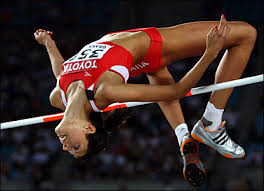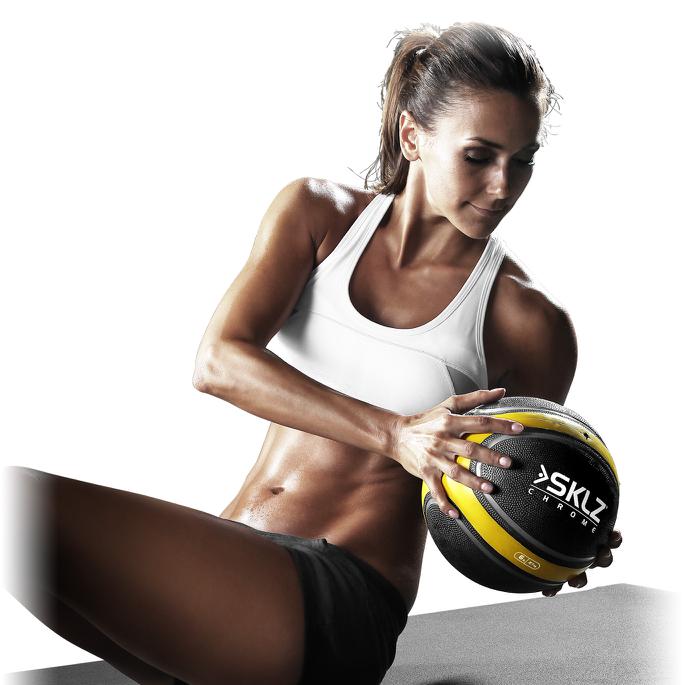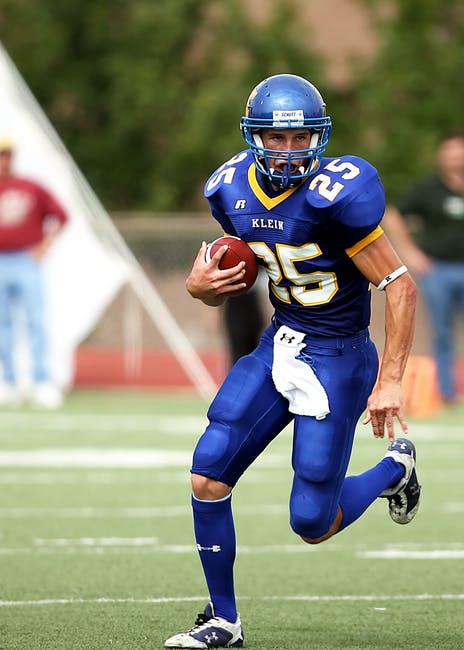This is a post that deals with elite athletes, so it’s not going to be suitable for a lot of populations. In fact, some of what this post will cover is the opposite of what younger athletes (high school, first few years in college) need. Something to keep in mind when reading this.
A lot of my social media posts deal with the need for fundamentals. I spend a lot of time posting about the squat, picking things up off the floor, pressing, rowing, hip hinging, and the need for consistency. Among other things that means there isn’t a huge amount of exercise variety for younger athletes, you have to be consistent to make results.
A lot of this goes out the window with elite athletes. With this post, I’m going to start talking about the training approach that I take with post-collegiate track and field athletes. These are elite athletes and they have a long training history already.
Some things to keep in mind with this population:
- There’s a longer training history: an elite post-collegiate athlete has been training through high school and college. This means more experience with structured training and mastery of techniques (with variations for individual body types).
- They are close to their genetic potential: this is especially true with regards to strength. Among other things this means that there is increased injury potential with making this group stronger.
- They need to learn to use what they have: at this level it is about learning to use the strength that the athlete has and to apply it to the sport. There’s a great emphasis on power and sports transfer.
- The need to focus on the minutiae of technique: the small details of the sport’s techniques matter at this level in a way that they don’t in high school
- There season is longer: A post-collegiate athlete has a few months off each year. This means there is a lot of travel, international travel, and competitions. Training has to take this into account.
To summarize the above; we’re focused on learning to use our physical gifts, developing power, sport-specificity, and a longer season. A lot of the way that I approach this has to do with exercise variety, which is unlike how I approach other levels of athletes. The variety is important because it allows for continues stimulus that the athlete has to adapt to, allows them to practice applying their physical gifts, and prevents injuries by ensuring that we cannot go too heavy on any one exercise.
To do this, I come up with a menu of exercises that takes into account the athlete’s sport. Most track and field events involve a sprint (true of jumps, sprints, and javelin), many involve levering off one side of the body (throws except the hammer, jumps), or have periods where only one foot is in contact with the ground at a time (all of the events). This makes exercises that emphasize one side of the body very important for high level track and field athletes. So my menu takes this into account. Certainly two-legged exercises are important, but we need to address more at this level. Below are two menus taking the above into account, the first is for the squat and the second is for the clean.
Squat menu:
Back squats
Split squats
Rear-leg elevated squats
Front squats
Any squat exercise done with bands
Any squat exercise done with chains
Any squat exercise done with a pause
Any squat exercise done with an exaggerated eccentric emphasis
Clean menu:
Power clean
Power clean from the hang
Power clean from blocks
Split clean
Split clean from the hang
Split clean from blocks
One-legged split cleans
Clean pulls
Clean high pulls
Once I have an exercise menu, I look at the calendar (and the athlete’s needs) and figure out where the exercises fit. For example, the back/front squats and power cleans are more of an off-season exercise. As we get closer to the season, the emphasis needs to change.
With the high level athletes, I rotate the exercises every 3-4 weeks. That’s too fast for beginning athletes, but it’s important here. I also drop percentage-based training. Instead I have a repetition range that I’m looking for. For example, it might be 6-10 repetitions. Our goal is to improve our volume each workout. If we reach the high end of our repetition range, then it’s time to increase the weight.
For example, we want to do three work sets of 6-10 repetitions on split squats. Our athlete lift 120 kilograms with this repetition range. On the first week of this routine, our athlete does a set of 8, a set of 7, and a set of 6 with that weight (21 repetitions). Our goal on the next workout is to do a total volume of at least 22 repetitions (i.e. we get better). If we actually do a set of 10 repetitions with 120 kilograms, then it’s time to increase the weight.
This way we continue to get better!




